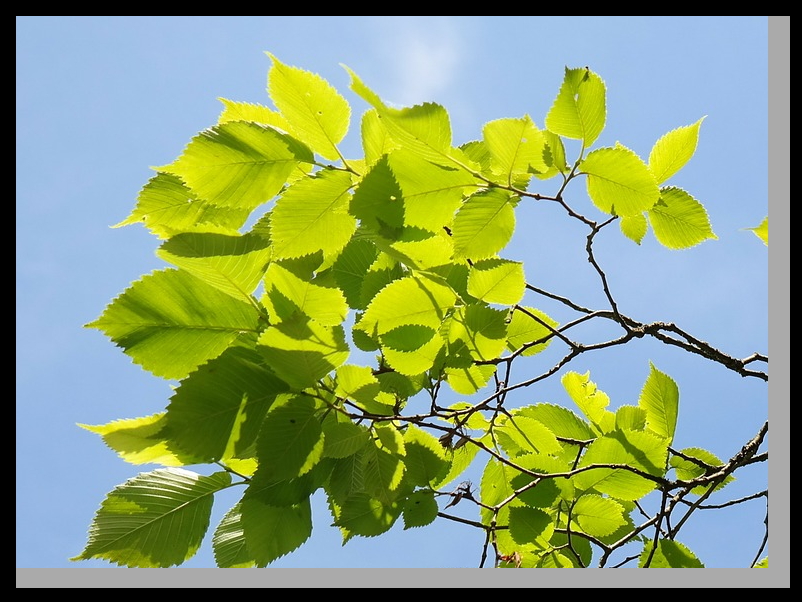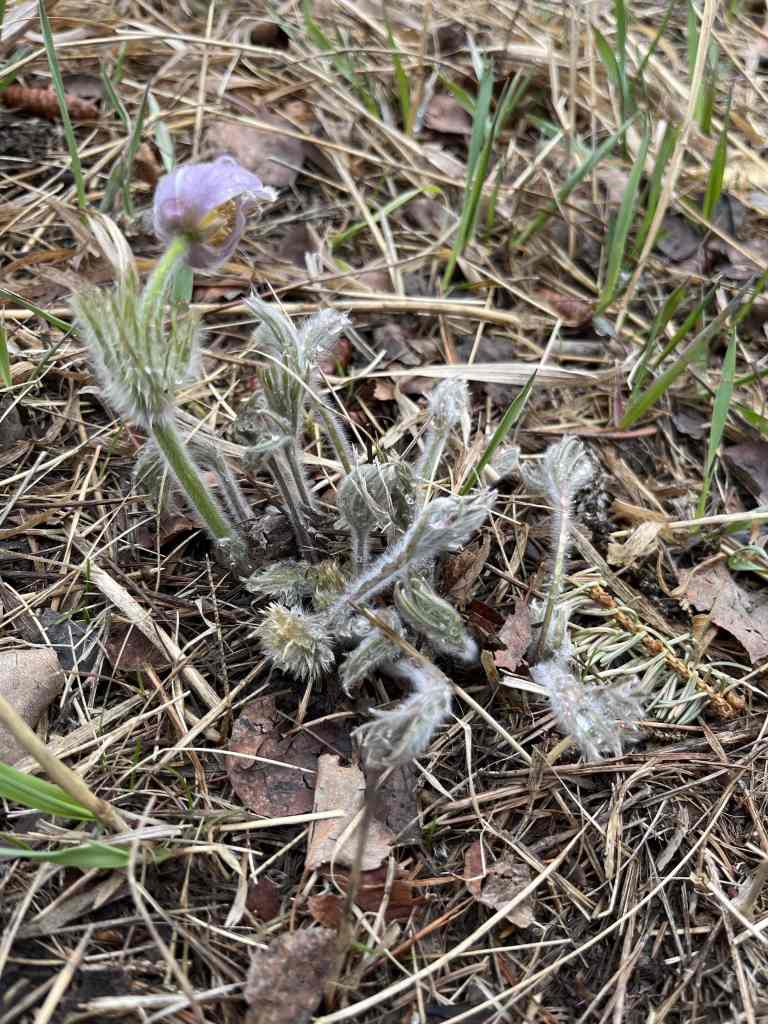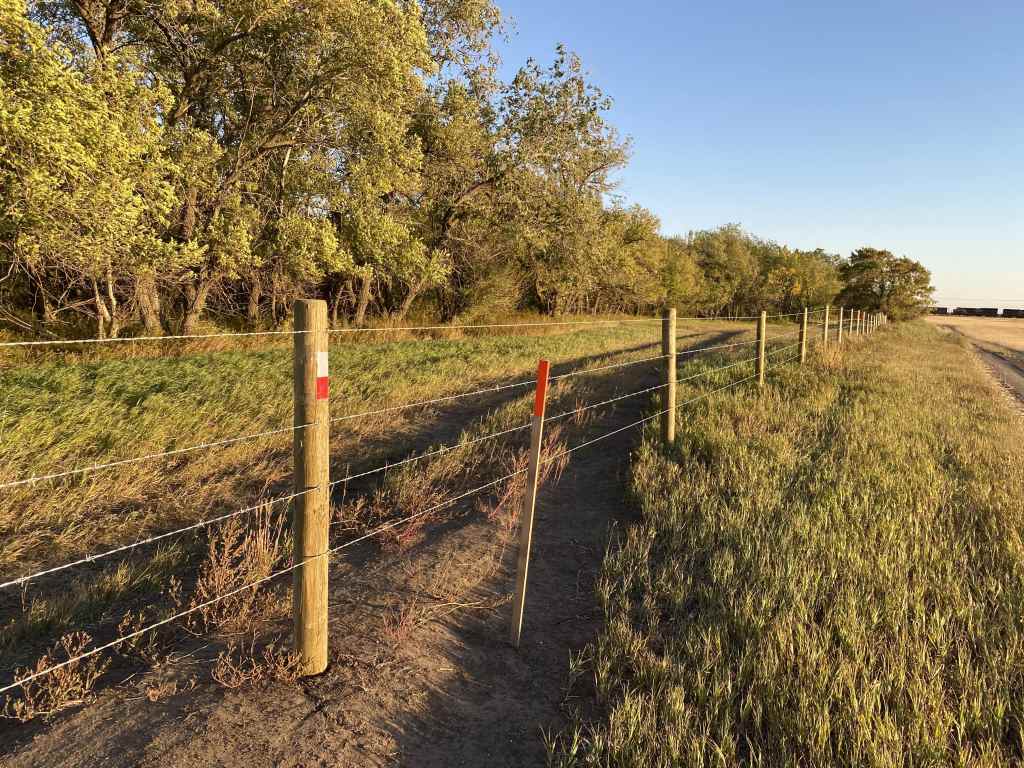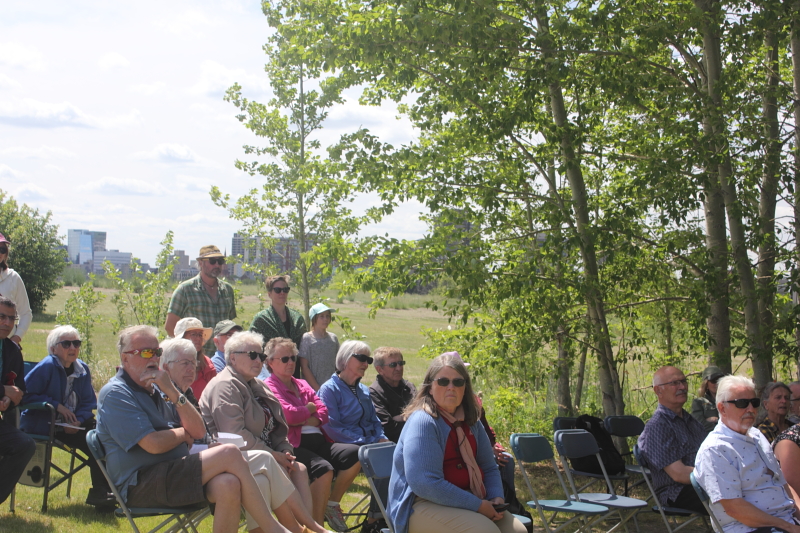In the midst of Saskatoon’s natural beauty lies a hidden threat to one of its most iconic species: the American Elm. Revered for its majestic stature and graceful canopy, the American Elm (Ulmus Americana) faces a formidable adversary in the form of Dutch Elm Disease (DED). As guardians of Saskatoon’s urban forests, it is imperative that we unite in our efforts to protect these cherished trees in the afforestation areas from the devastating effects of DED.
The urgency of this mission is underscored during the Governance and Priorities Committee (GPC) meeting on Wednesday, May 15, 2024. Page 177 of the 2023 Service, Savings & Sustainability Monitoring and Response Plan revealed alarming statistics: the Parks Department detected four positive cases of DED in 2023, triggering the implementation of the Dutch Elm Disease Response Plan. This comprehensive plan involved the immediate removal and disposal of infected trees, as well as the initiation of elm wood sweeps in affected neighborhoods. Thank you for the prompt response by the city.
In response to this escalating threat, the City of Saskatoon launched a series of initiatives aimed at curbing the spread of DED which we are enormously grateful for. A Proper Elm Disposal Pilot program was introduced in 2023, offering free elm wood disposal for the month of October. The program aimed to address the barrier of cost associated with proper disposal, resulting in a significant uptake from residents. Based on its success, a program expansion is planned for 2024, further incentivizing prompt and proper disposal practices, stay tuned for further details.
One of the key components of the City’s efforts is the provision of free disposal of elm wood for Saskatoon residents. This initiative aims to encourage the prompt removal of elm wood, reducing the risk of disease transmission to healthy elm trees. Residents are reminded that an elm pruning ban is in place each year from April 1 until August 31. However, this new initiative allows for the free disposal of any elm wood that has been completely removed, previously cut, fallen, or intended as firewood.
Recognizing the importance of early detection and prevention, residents are urged to familiarize themselves with the symptoms of DED. American elm trees with DED may exhibit symptoms as early as June, with leaves wilting, turning yellow, curling, and ultimately turning brown. To report any suspicious symptoms, residents can contact Urban Biological Services 306-975-2890. or complete the online form.
Preventing the spread of DED requires collective action and unwavering dedication. Residents can contribute to this effort by adhering to essential guidelines, such as never storing elm wood, refraining from pruning elms during the provincial pruning ban, and reporting dead or dying elm trees to the City. By working together, we can protect Saskatoon’s urban forest and ensure the continued vitality of our beloved American Elm trees.
In conclusion, the imperative of following proper protocols for Elm management cannot be overstated. As stewards of Saskatoon’s natural heritage, it is incumbent upon us to take proactive measures to safeguard our urban forests for generations to come. Let us stand united in our commitment to protecting Saskatoon’s Elm trees and preserving the beauty of our cityscape.
Remember, our actions today will shape the future of our urban forest. Let’s stand united in our efforts to preserve Saskatoon’s Elm trees for generations to come.





For directions as to how to drive to “George Genereux” Urban Regional Park
For directions on how to drive to Richard St. Barbe Baker Afforestation Area
For more information:
NEW P4G District Official Community Plan
Richard St. Barbe Baker Afforestation Area is located in Saskatoon, Saskatchewan, Canada north of Cedar Villa Road, within city limits, in the furthest south west area of the city. 52° 06′ 106° 45′
Addresses:
Part SE 23-36-6 – Afforestation Area – 241 Township Road 362-A
Part SE 23-36-6 – SW Off-Leash Recreation Area (Richard St. Barbe Baker Afforestation Area ) – 355 Township Road 362-A
S ½ 22-36-6 Richard St. Barbe Baker Afforestation Area (West of SW OLRA) – 467 Township Road 362-A
NE 21-36-6 “George Genereux” Afforestation Area – 133 Range Road 3063
Wikimapia Map: type in Richard St. Barbe Baker Afforestation Area
Google Maps South West Off Leash area location pin at parking lot
Web page: https://stbarbebaker.wordpress.com
Where is the Richard St. Barbe Baker Afforestation Area? with map
Where is the George Genereux Urban Regional Park (Afforestation Area)?with map
Blogger: FriendsAfforestation
Tumblr friendsafforestation.tumblr.comFacebook Group Page: Users of the George Genereux Urban Regional Park
Facebook: StBarbeBaker Afforestation Area
Facebook for the non profit Charity Friends of the Saskatoon Afforestation Areas Inc. FriendsAreas
Facebook group page : Users of the St Barbe Baker Afforestation Area
Twitter: St Barbe Baker Charity Twitter:FriendsAreas
Please help protect / enhance your afforestation areas, please contact the Friends of the Saskatoon Afforestation Areas Inc. (e-mail / e-transfers )
Donate your old vehicle, here’s how!
Support using Canada Helps
Support via a recycling bottle donation
United Nations Decade on Ecosystem Restoration
- Use the UN Decade’s Visual Identity
- Make it your own
- Spread the word about the UN Decade
- Let’s Bring Back Forests
- Let’s Green Our Cities
““Be like a tree in pursuit of your cause. Stand firm, grip hard, thrust upward. Bend to the winds of heaven..”
Richard St. Barbe Baker










